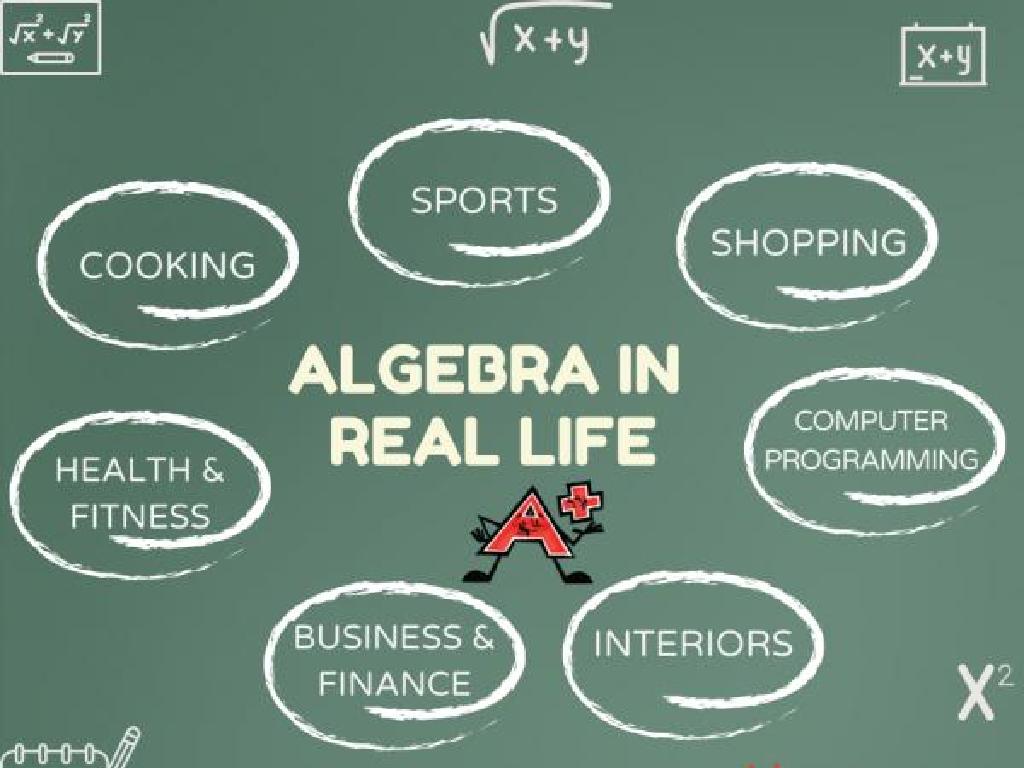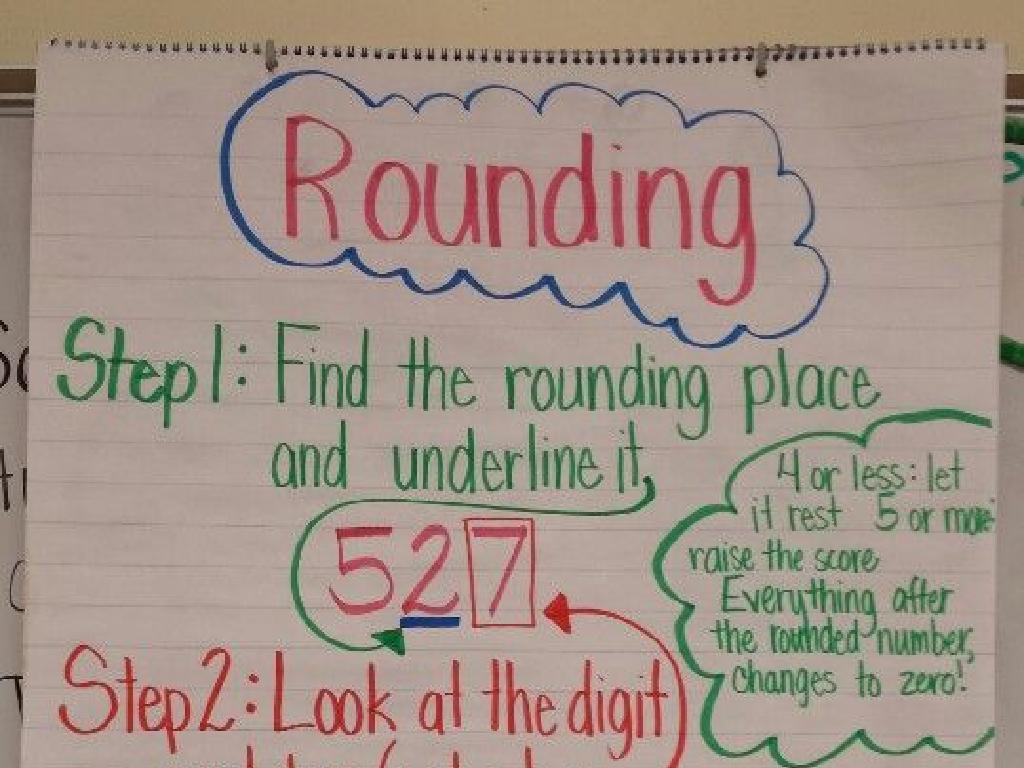The Legislative Branch
Subject: Social studies
Grade: Eighth grade
Topic: Government
Please LOG IN to download the presentation. Access is available to registered users only.
View More Content
Understanding the Legislative Branch
– The Legislative Branch structure
– Composed of the House of Representatives and the Senate
– Its role in U.S. Government
– Creates laws, controls federal budget, and confirms appointments
– Significance for citizens
– It represents our interests and protects our rights
– Engaging with the Legislative process
– Voting, contacting representatives, and staying informed
|
This slide introduces the Legislative Branch, one of the three pillars of the U.S. Government. It’s crucial for students to understand that the Legislative Branch, consisting of the House of Representatives and the Senate, is responsible for creating laws, controlling the federal budget, and confirming presidential appointments. Emphasize the importance of this branch in representing the interests and protecting the rights of citizens. Encourage students to engage with the legislative process through voting, communicating with their representatives, and staying informed about legislative actions. This understanding is vital for them to become active and informed participants in democracy.
Exploring the Legislative Branch
– The Legislative Branch basics
– One of the three branches of the US government
– Also known as Congress
– Comprises the Senate and the House of Representatives
– Role in law-making
– Drafts, debates, and passes laws for the nation
– Key part of government
|
The Legislative Branch, also known as Congress, is a fundamental component of the United States government, tasked with the critical role of creating laws. It is one of the three separate but equal branches of government, the others being the Executive and the Judicial branches. Congress is bicameral, consisting of two houses: the Senate and the House of Representatives. This structure allows for a system of checks and balances within the government. During the presentation, emphasize the importance of the legislative process and how it reflects the will of the people through their elected representatives. Encourage students to think about how laws affect their daily lives and the role of Congress in shaping national policy.
The Bicameral Structure of Congress
– Congress: Senate and House
– Two distinct chambers make up Congress
– Senate: 100 members total
– Each state elects two senators
– House: 435 members, varies by state
– Seats are apportioned relative to state population
– Representation based on population
|
This slide introduces the concept of a bicameral legislature, which is a two-part Congress consisting of the Senate and the House of Representatives. The Senate is comprised of 100 senators, with each state contributing two senators regardless of its population size. This ensures equal representation for each state. On the other hand, the House of Representatives has 435 members whose seats are distributed based on the population of each state, providing representation proportional to the number of people in each state. This structure balances the interests of states with large and small populations. Discuss with students why the Founding Fathers might have created a bicameral Congress and how this system affects law-making.
The Legislative Process: How a Bill Becomes a Law
– Introduction of a bill
– Initiated by a Senator or Representative
– Committee review and debate
– Detailed examination and discussion in committee
– House and Senate approval
– Must pass both chambers of Congress
– Presidential decision
– President can approve or veto the bill
|
This slide outlines the key steps in the legislative process of how a bill becomes a law in the United States. It begins with the introduction of a bill by either a Senator or Representative. Next, the bill is sent to a committee where it is closely reviewed and debated. If the committee approves, the bill moves to the full House and Senate for a vote. Both chambers must pass the bill for it to proceed to the President, who has the power to sign the bill into law or veto it. If vetoed, Congress can override the veto with a two-thirds majority vote in both the House and Senate. Use this slide to explain the checks and balances inherent in the process and the collaborative nature of lawmaking. Encourage students to think of examples of bills that have gone through this process.
The Committee System in the Legislative Branch
– Specialized committees refine bills
– Committees focus on specific areas to effectively manage and amend proposed legislation.
– Examples: Budget and Foreign Relations
– The Budget Committee oversees government spending, while the Foreign Relations Committee handles international affairs.
– Crucial role in legislative process
– They analyze, hold hearings, and make changes to bills before they reach the floor for a vote.
|
This slide introduces students to the committee system within the Legislative Branch, emphasizing the specialized nature of committees and their importance in the legislative process. Each committee has a specific focus, allowing for more detailed examination of proposed laws. For example, the Budget Committee is responsible for reviewing bills related to the federal budget, and the Foreign Relations Committee deals with matters concerning foreign policy. Committees are essential as they scrutinize bills, hold hearings with experts, and make necessary amendments before the bills are debated and voted on by the full legislative body. Encourage students to think about how this system allows for a more thorough and expert-driven legislative process.
Powers of the Legislative Branch
– Authority to create laws
– The primary function is to draft and pass legislation.
– Power to declare war
– Congress can authorize military action through declarations of war.
– Regulates commerce
– Manages trade between states and international trade.
– Oversees taxing and spending
– Controls federal budget, including taxes and government expenditures.
|
This slide outlines the key powers of the Legislative Branch of the United States government. Students should understand that the Legislative Branch, primarily made up of Congress, has the authority to create and pass laws that impact the entire country. Additionally, it holds the significant responsibility of declaring war, which shapes foreign policy and national security. The branch also regulates commerce to ensure fair and consistent trade practices both within the states and internationally. Lastly, it has the power to control taxing and spending policies, which affects the nation’s economy and the distribution of resources. Encourage students to think of examples of each power and discuss how these powers affect their daily lives.
Checks and Balances: The Legislative Branch
– Legislative checks on Executive
– Can limit Executive actions through oversight and laws
– Overriding presidential vetoes
– Needs a two-thirds vote in both houses to override
– Confirming appointments
– Senate confirms presidential choices for key positions
– Ratifying treaties
– Senate must approve international treaties by a two-thirds vote
|
This slide focuses on the system of checks and balances, specifically how the Legislative Branch can check the powers of the Executive and Judicial branches. It’s crucial for students to understand that the Legislative Branch has the power to override a presidential veto with a two-thirds majority vote in both the House and the Senate. Additionally, the Senate has the authority to confirm presidential appointments to the Cabinet and other key government positions, as well as to ratify treaties with other nations. These checks are fundamental to maintaining a balance of power and ensuring that no single branch of government becomes too powerful. Discuss examples of each check in recent history to provide context and deepen understanding.
Your Role in the Legislative Branch
– Voting for representatives
– Electing leaders who share your views
– Engaging in democracy
– Active participation through debates and elections
– Influencing legislation
– Contact lawmakers, petition, join interest groups
– Civic responsibility
|
This slide aims to educate students on their crucial role in the legislative process of the government. It emphasizes the importance of voting for representatives and senators who will voice their opinions and interests. Engaging in democracy is not limited to voting; it also includes staying informed, debating issues, and understanding the impact of laws. Students should learn how they can influence legislation through various means such as contacting their elected officials, signing petitions, or joining interest groups that advocate for causes they care about. Highlight the concept of civic responsibility and encourage students to think about ways they can participate in their government, even at their current age.
Class Activity: Create Your Own Bill
– Form small groups for discussion
– Choose a community issue
– Think about what changes you want in your neighborhood or school
– Draft a bill on the chosen issue
– Write a proposal with a title, purpose, and details on how it will work
– Present and vote on the bill
– Convince your classmates why your bill should become a law
|
This activity is designed to give students a practical understanding of how a bill becomes a law. By working in small groups, they can collaborate to identify real issues affecting their community. Encourage them to think critically about the problem and devise a solution through legislation. The drafting process should include a clear title, the purpose of the bill, and a detailed description of its provisions. After drafting, each group will present their bill to the class, simulating a legislative session where they must persuade their peers to vote in favor of their bill. This exercise will help students understand the legislative process and the importance of persuasive argumentation in politics. Possible variations of the activity could include assigning different roles such as bill sponsors, committee members, or opposition speakers to further simulate the legislative process.






